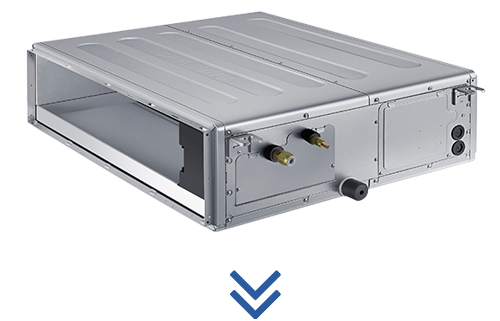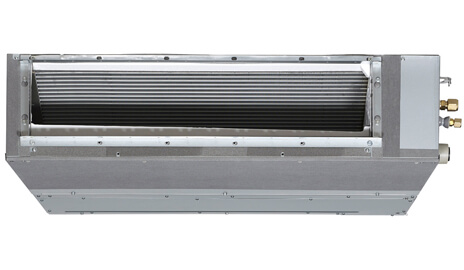Split System Heating Or Ducted Heating: Which One Is Right For Me?
As the temperature level is dropping, it's time to think about your home heating unit.

Split systems and ducted systems are the most popular temperature level control systems in Australia. However how do you understand what system is ideal for your house? Continue reading to discover! In this post, we'll discuss reverse cycle air conditioning, split system heating, multi split systems, ducted heating, the benefits and drawbacks of each system and how to get the most out of your heater.
We're not attempting to 'offer' you on one system over another. In reality, we provide and set up both split systems and ducted heating systems. We wish to describe all the features of each system, so you make the ideal option for your house and household.
What is reverse cycle air conditioning?
Prior to we look at split systems and ducted systems, we initially require to comprehend what reverse cycle air conditioning is. Both split systems and ducted systems use reverse cycle technology to provide convenience throughout the year.
In winter season, a reverse cycle system will attract ambient air from outside and warm it through a chain reaction with refrigerant gas, prior to pumping through into the house. In summer season, the system works in reverse, attracting hot outside air and cooling it, before pumping into the home.
You can learn more about the heating advantages of reverse cycle a/c unit here.
Split System Heating
Split systems are the most common type of air conditioning and heating system in Australia. They are called split systems due to the fact that they have 2 systems, one indoor and one outside linked by means of pipes containing refrigerant gas.
Split systems are an affordable heating alternative, with low setup and running costs.
Split system reverse cycle a/c appropriate for a space or open planned home up to about 60m2.
Multi Split System Heating
If you're wanting to heat up more than one room, this choice is for you! Multi split systems run similar to divide systems, however one outside unit is connected to two or more indoor units.

Multi split systems offer heating for up to 8-8 spaces, depending on the model you purchase. With a multi split system, you can set spaces at different temperatures, or shut off the heating in unused rooms for optimal comfort and energy-efficiency.
These systems can be utilized to heat apartment or condos, small houses, double storey houses and offices.
Central Heating/ Ducted Heating Systems
Central heating or ducted heater offer optimum convenience and climate control throughout the year. Ducted systems consist of a compressor and ducted outlets in the roofspace or walls to rooms you wish to heat or cool.
Ducted heating systems provide zone control, allowing you to change the fan speed and temperature level throughout the building. They are incredibly peaceful and energy efficient.
These systems can be utilized to heat homes or commercial buildings of all sizes. Setup rate will differ depending on just how much ductwork is needed.
The Pros and Cons of Split System Heating
Pros:
Cheap to install
Low running costs
Cons:
Only ideal for a single room, you will need another unit to cool several spaces
Bulky units
Required to be changed after 5-10 years
The Pros and Cons of Ducted Heating
Pros:
Zone control can reduce running expenses
Heating throughout the entire house
Quieter
Visually discrete
Generally last 10-15 years prior to major elements need to be serviced or changed
Cons:
Pricey to set up
Tough to install in small roofing system areas and two storey houses
How to get the most out of your heater
No matter what kind of heating system you have, there are a couple of things that you can do around the house to increase comfort, keep the warm air in and improve the efficiency of your heater. This includes:
Insulate the walls and flooring
Seal windows and doors
Let in winter season sun
Close drapes and blinds, especially at night
Heat just the spaces you are using
Close doors to prevent heat escaping to unused spaces
It's https://cooltimes.com.au/air-conditioning-ipswich/ likewise extremely important to set the appropriate temperature level on your heating unit. In winter, set the thermostat to 18-20 ℃. Every degree of extra heating increases energy usage by about 5%-- 10%.
Which system is much better?
It's nearly impossible to say which system is much better-- there are benefits and drawbacks to both. It actually depends upon your specific choices and budget.